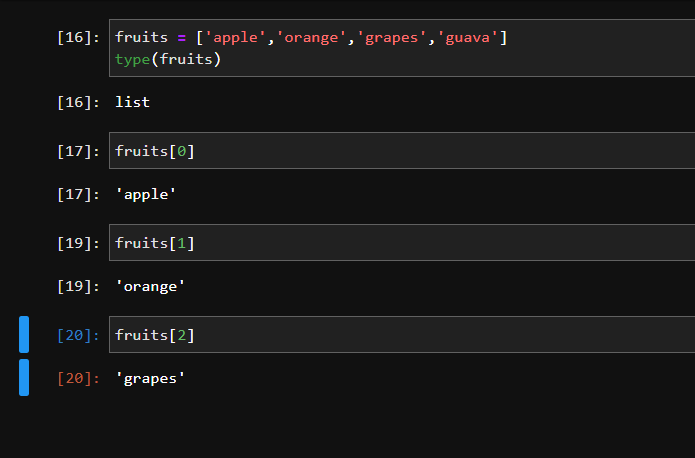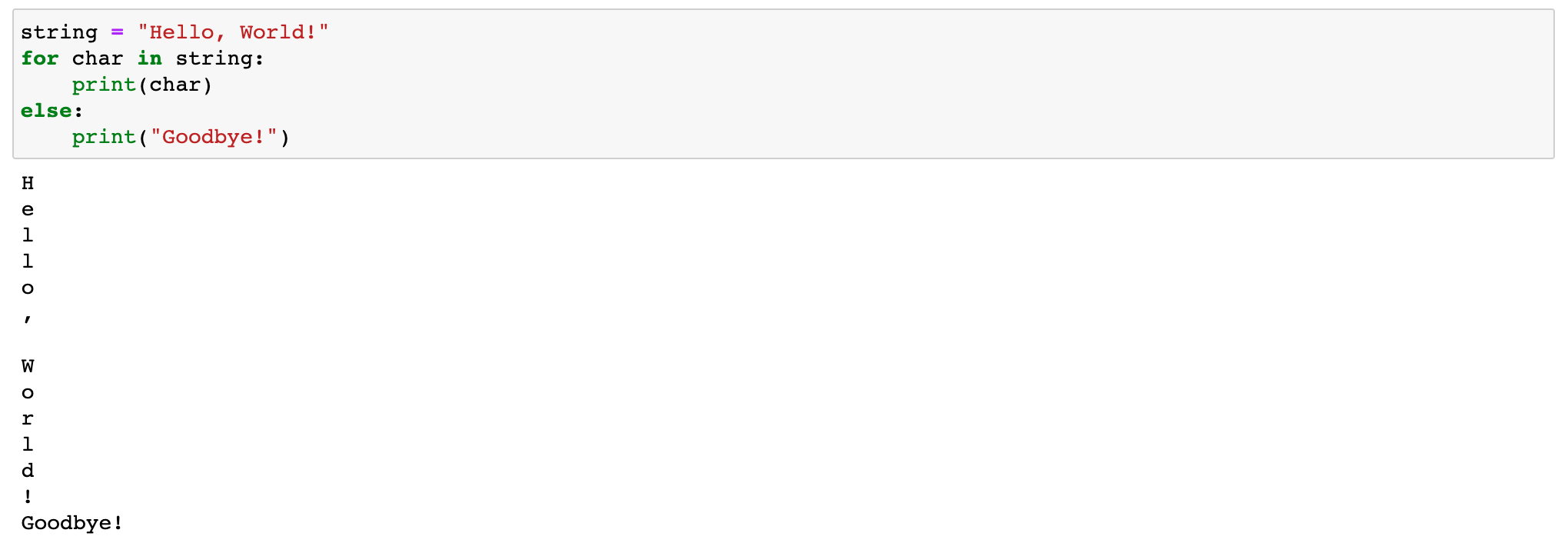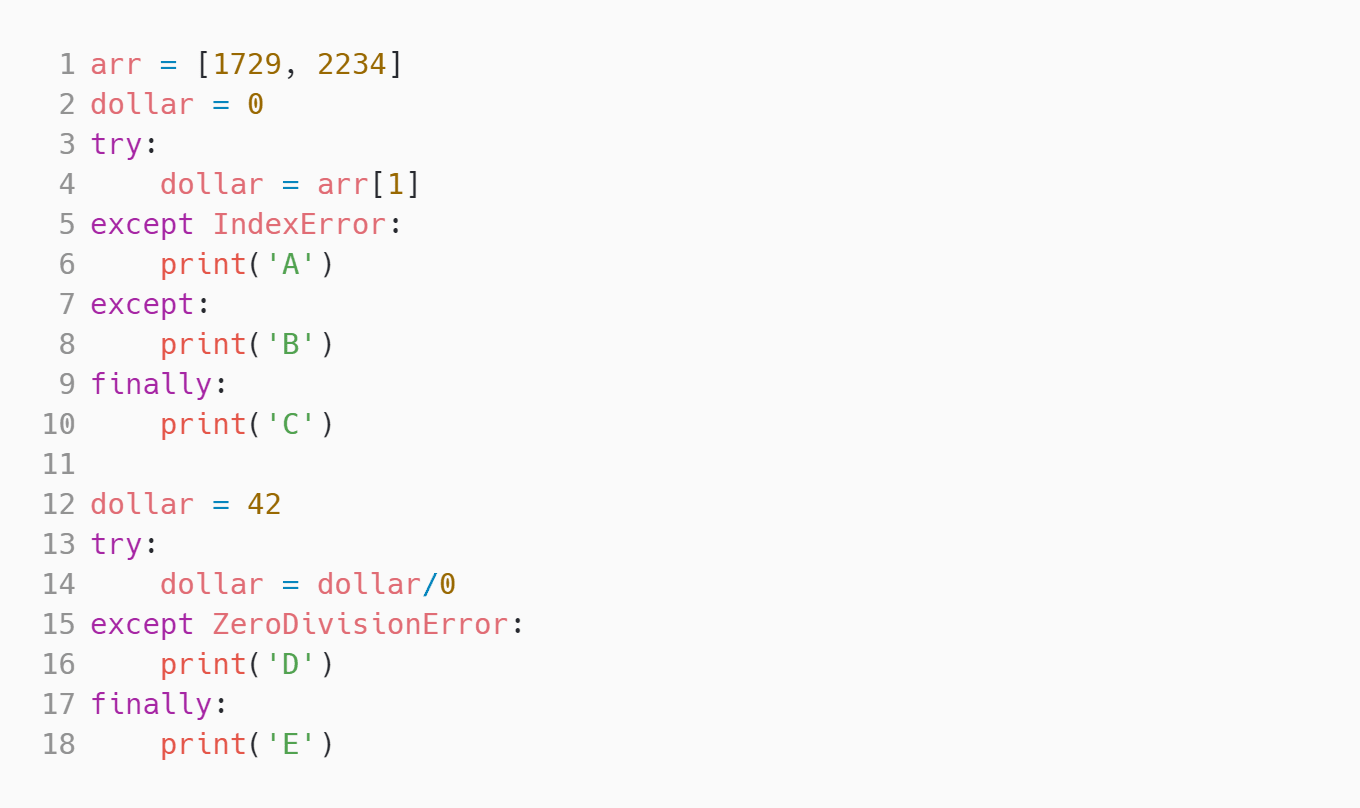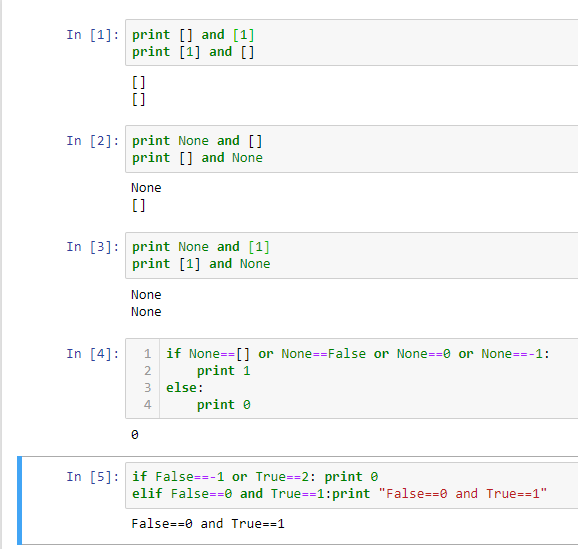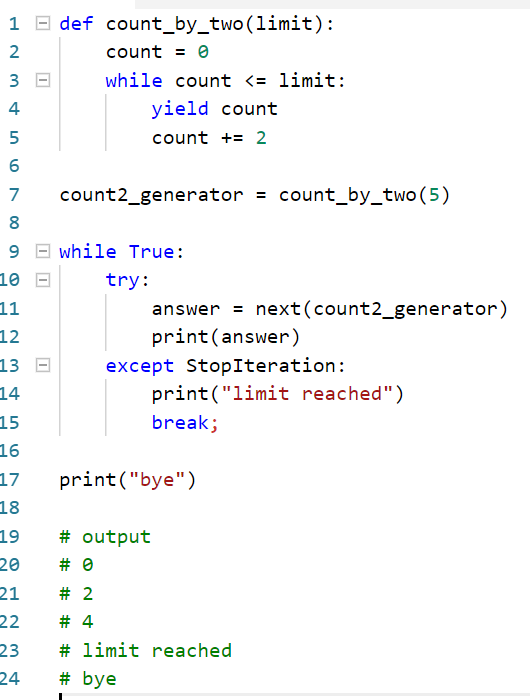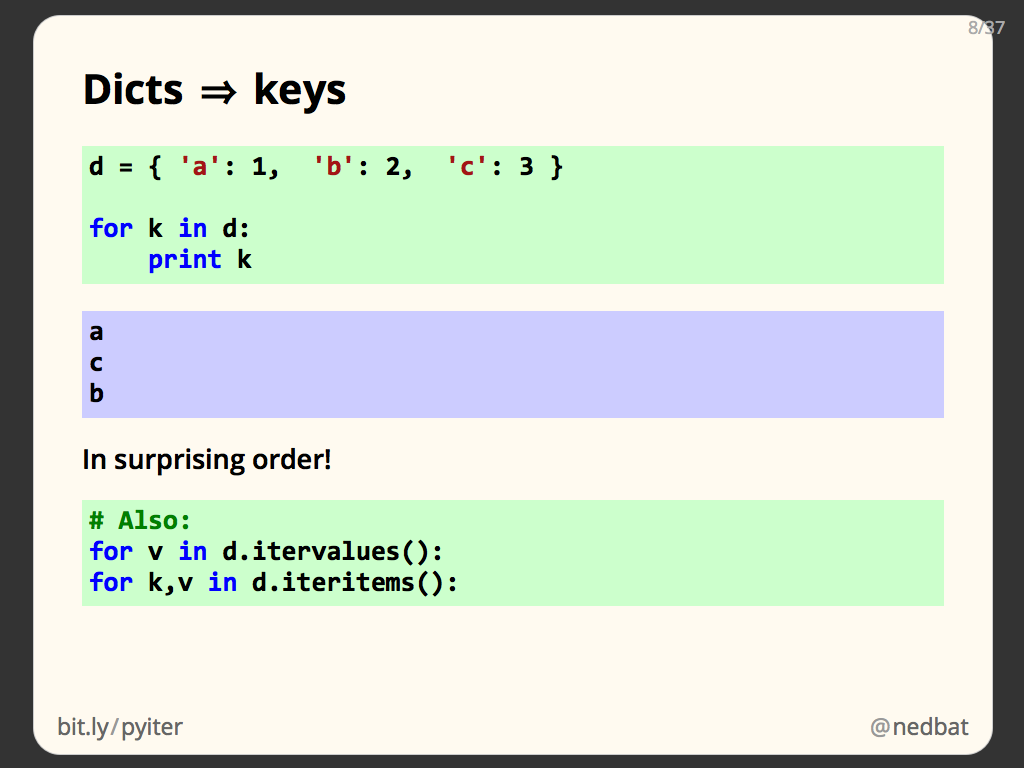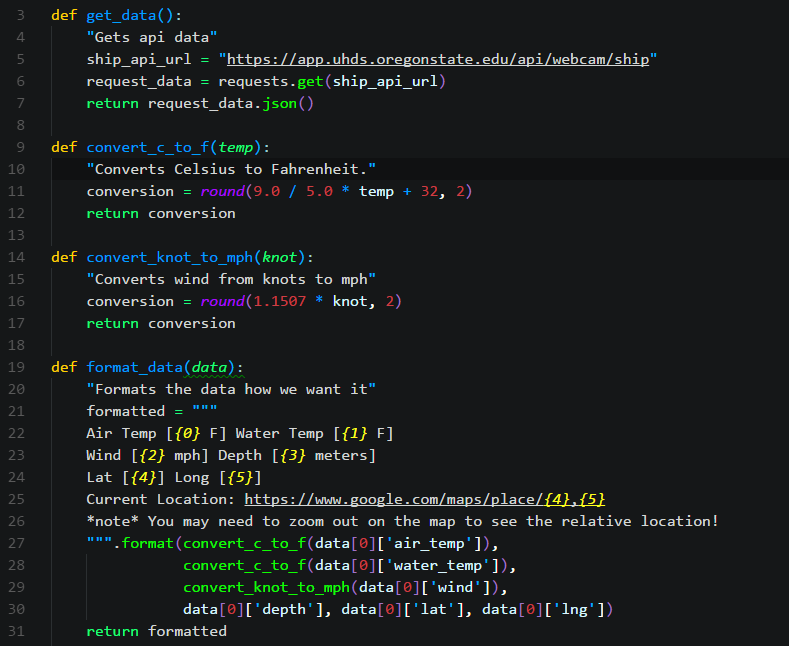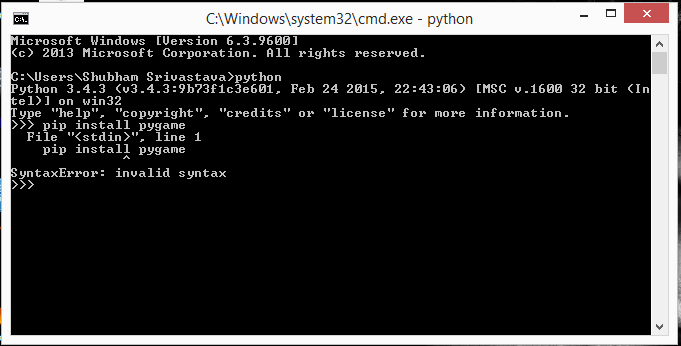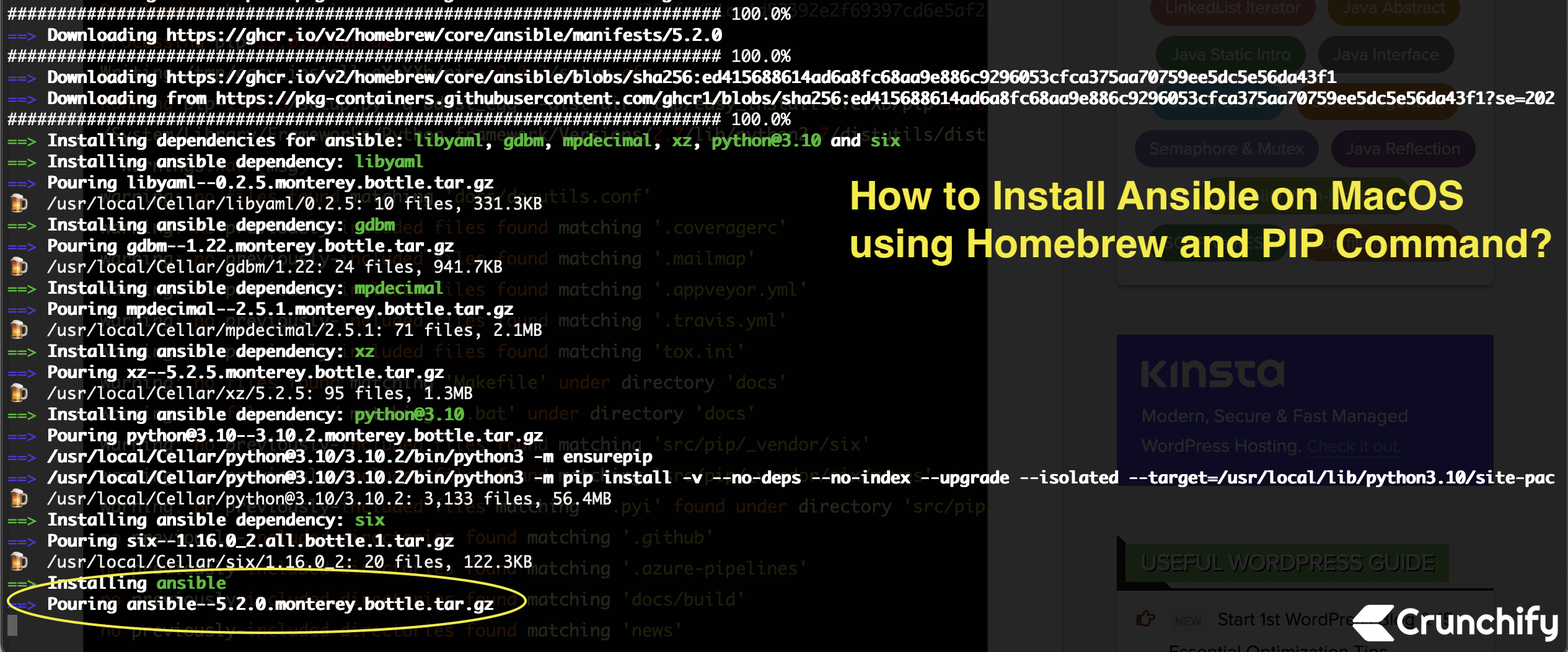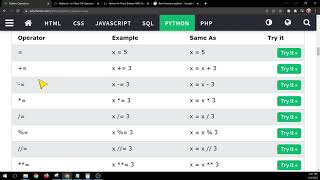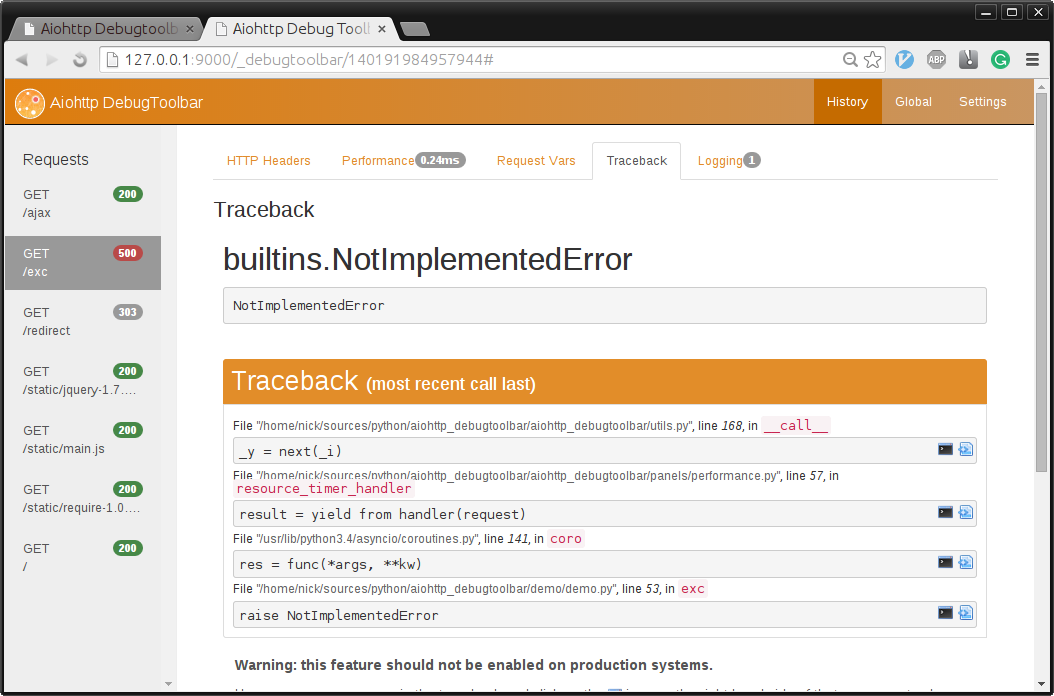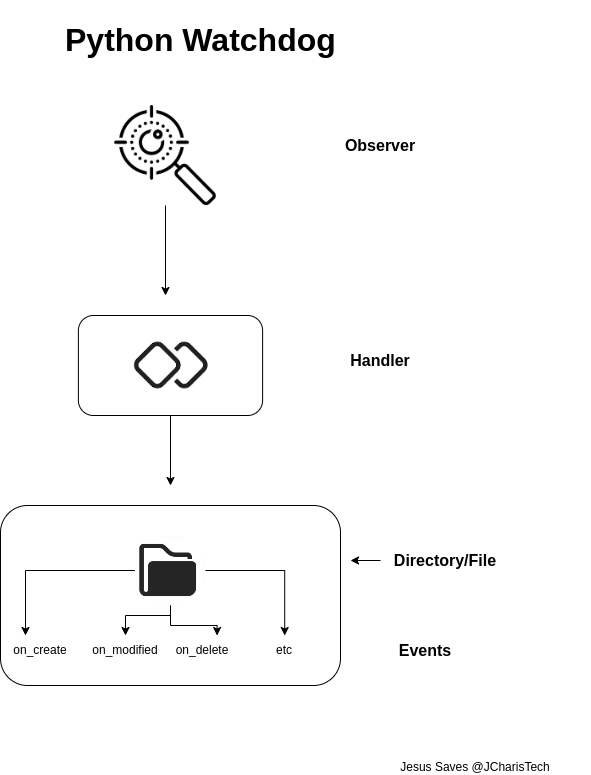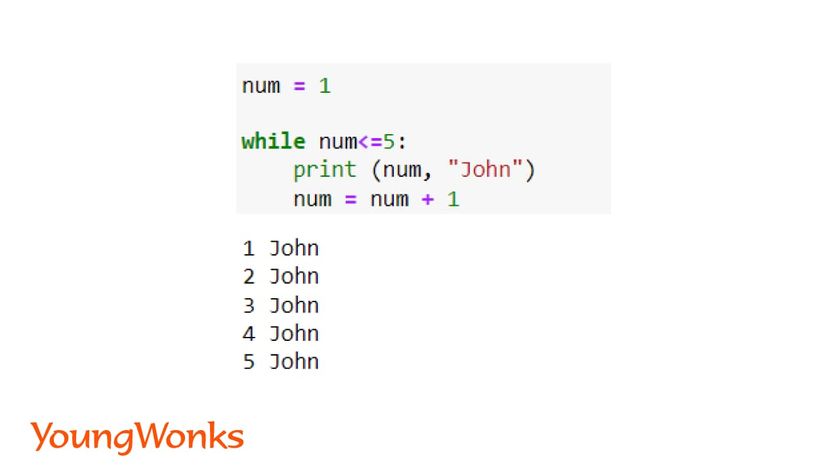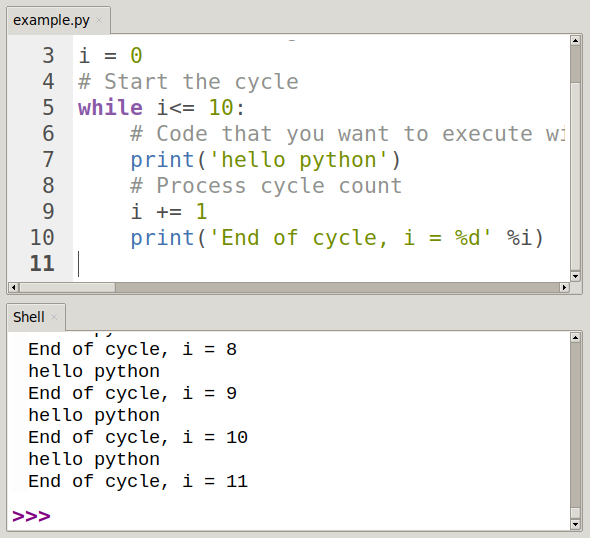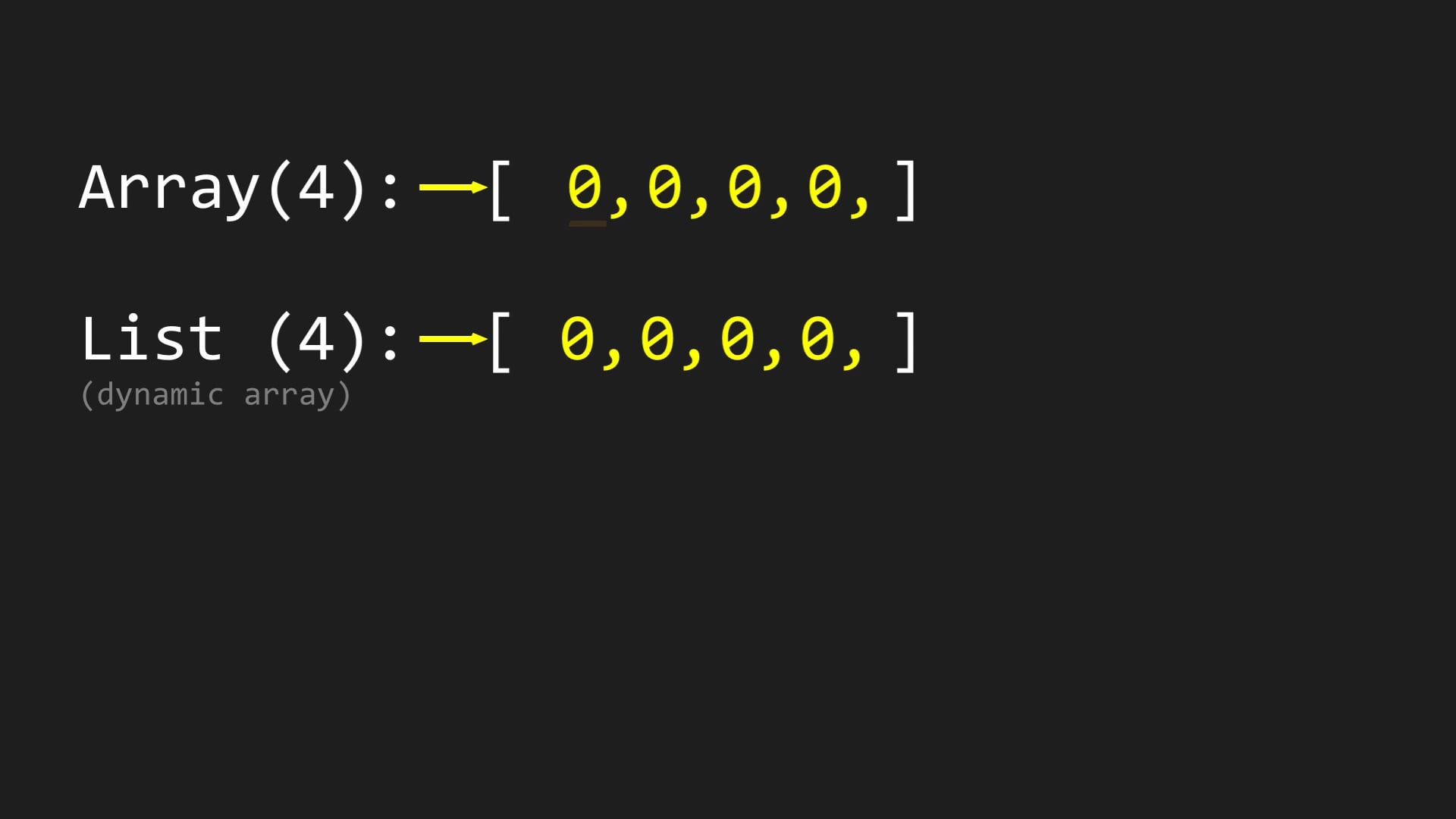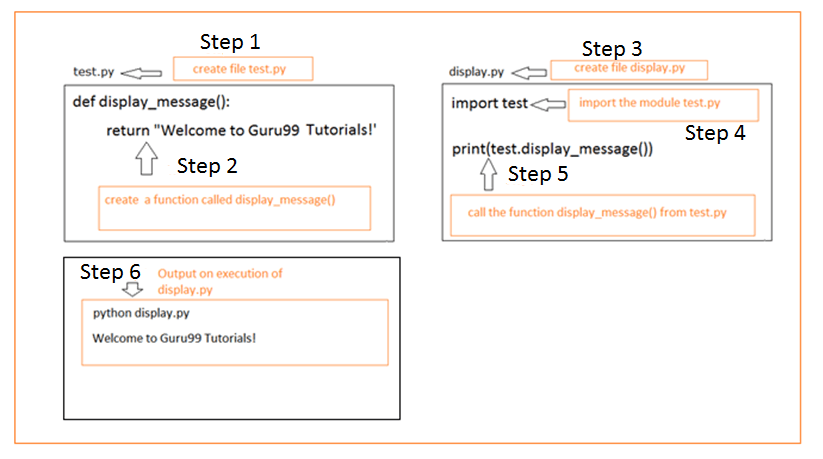How to install urllib3 package in Python?
How to install urllib3 package in Python?
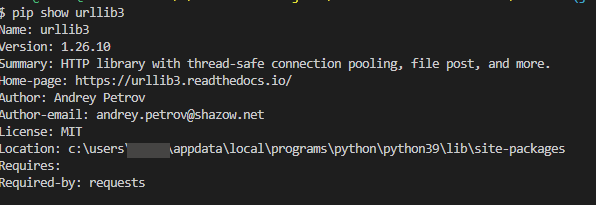
Installing the urllib3 package in Python is a straightforward process that can be achieved through various methods. Here are some ways to install urllib3:
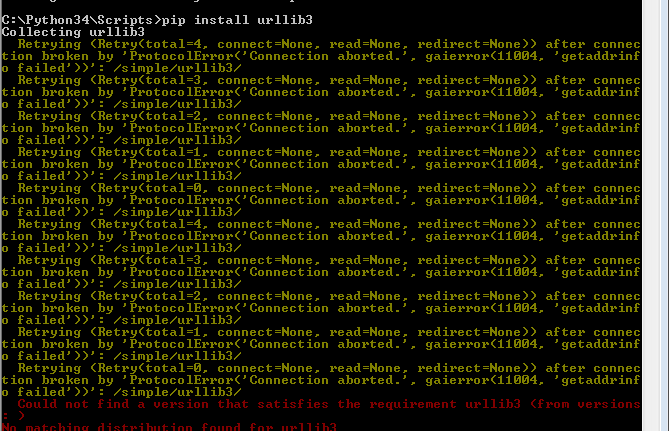
Method 1: Using pip

The most common method of installing urllib3 is by using pip, which is the package installer for Python. You can do this by opening your terminal or command prompt and typing:
pip install urllib3
This will download and install the latest version of urllib3 from the PyPI (Python Package Index). Once installed, you can verify that it was successfully installed by running:
pip show urllib3
This should display information about the package, including its version.
Method 2: Using pip with specific version
If you want to install a specific version of urllib3, you can do so by specifying the version when installing using pip. For example, if you want to install version 1.26.5:
pip install urllib3==1.26.5
This ensures that the correct version is installed, which can be useful in certain situations where a specific version is required.
Method 3: Using conda (for Anaconda users)
If you are using Anaconda or have Anaconda installed, you can install urllib3 using conda:
conda install urllib3
This will download and install the package from the Anaconda repository. Once installed, you can verify that it was successfully installed by running:
conda list urllib3
Method 4: Using virtualenv (for virtual environments)
If you are working with a virtual environment in Python, you can install urllib3 within that environment using pip:
workon myenv
pip install urllib3
This ensures that the package is installed specifically for your virtual environment.
Troubleshooting
If you encounter any issues during the installation process, there are several things to try:
Check if you have multiple versions of Python installed on your system. Make sure to installurllib3 for the correct version of Python. Check if you have another package manager (such as conda) installed that is interfering with pip. Try uninstalling and reinstalling pip or using a different package manager. Check the installation logs to see if there are any errors. If you encounter issues, try installing from source by downloading the urllib3 tarball and building it manually.
In conclusion, installing urllib3 in Python is relatively straightforward and can be achieved through various methods. By following these steps and troubleshooting any potential issues, you should be able to successfully install this essential package for web-related tasks in Python.
is urllib3 built in python
I'm happy to help you with your question!
Yes, urllib3 is a built-in Python library. It's part of the Standard Library (stdlib) and can be used by default in any Python application.
So, what exactly is urllib3? In short, it's an HTTP client library that allows you to make requests to servers, download files, and even interact with web services like APIs. Think of it as a powerful tool for interacting with the internet!
The name "urllib3" comes from its relation to Python's built-in urllib module, but it's actually much more than just an updated version of that. urllib3 provides a lot of useful features and improvements over the older urllib library.
For instance:
Pool Management: Withurllib3, you can manage multiple connections to the same server or set of servers (like load balancers). This is super helpful when dealing with slow or unreliable connections. Connection Pooling: As mentioned earlier, this feature allows you to create a pool of connections that can be reused for subsequent requests, which reduces the overhead of opening and closing each connection separately. HTTPS Support: urllib3 includes built-in support for HTTPS (SSL/TLS) requests, which means you don't need to manually handle SSL certificates or encryption. Retry Logic: If an HTTP request fails due to network issues or timeouts, urllib3 can automatically retry the request with some configurable options (like max retries, delay between retries, etc.). Error Handling: The library also provides a robust error-handling system that gives you more control over what happens when errors occur during requests.
Some common use cases for urllib3 include:
urllib3 makes it easy to interact with those APIs securely. Monitoring services: With its connection pooling features, urllib3 is well-suited for monitoring services that need to check multiple servers or services.
In summary, urllib3 is a built-in Python library that provides a powerful HTTP client API for working with the internet. It's widely used in various applications and can help you build more robust, reliable, and efficient network-enabled programs!

